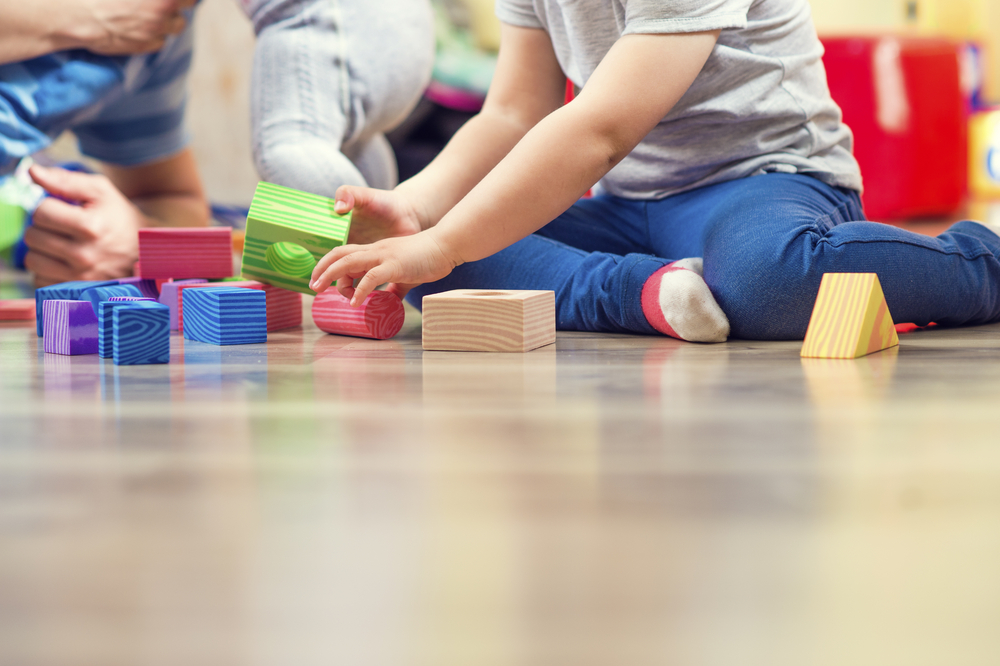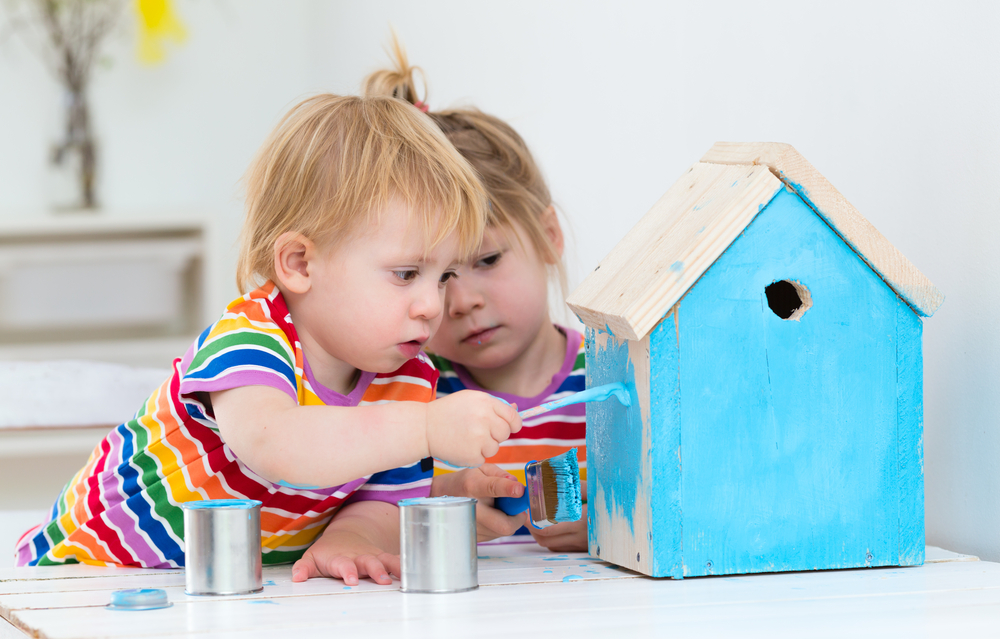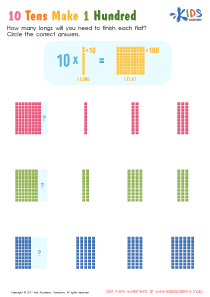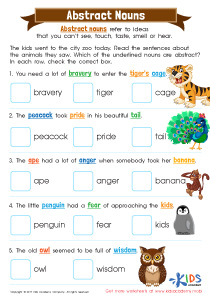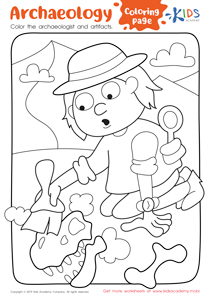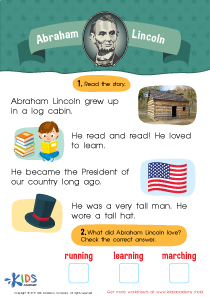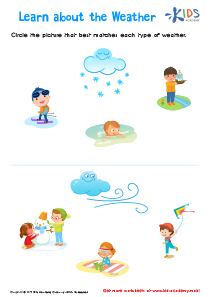Normal Counting worksheets activities for 3-Year-Olds
1 filtered results
-
From - To
Explore Our Normal Counting Worksheets Activities!
Dive into the world of numbers with our Normal Counting Worksheets Activities! Designed to build a solid foundation in basic counting skills, these worksheets are perfect for young learners eager to master their numbers. Engaging, fun, and educational, our activities ensure kids stay motivated and excited about learning. From counting colorful objects to connecting the dots for a surprise picture, these worksheets cover a variety of interesting tasks. Ideal for preschoolers and kindergarteners, our Normal Counting Worksheets Activities pave the way for a successful math journey. Start exploring today and watch your child's counting confidence soar!
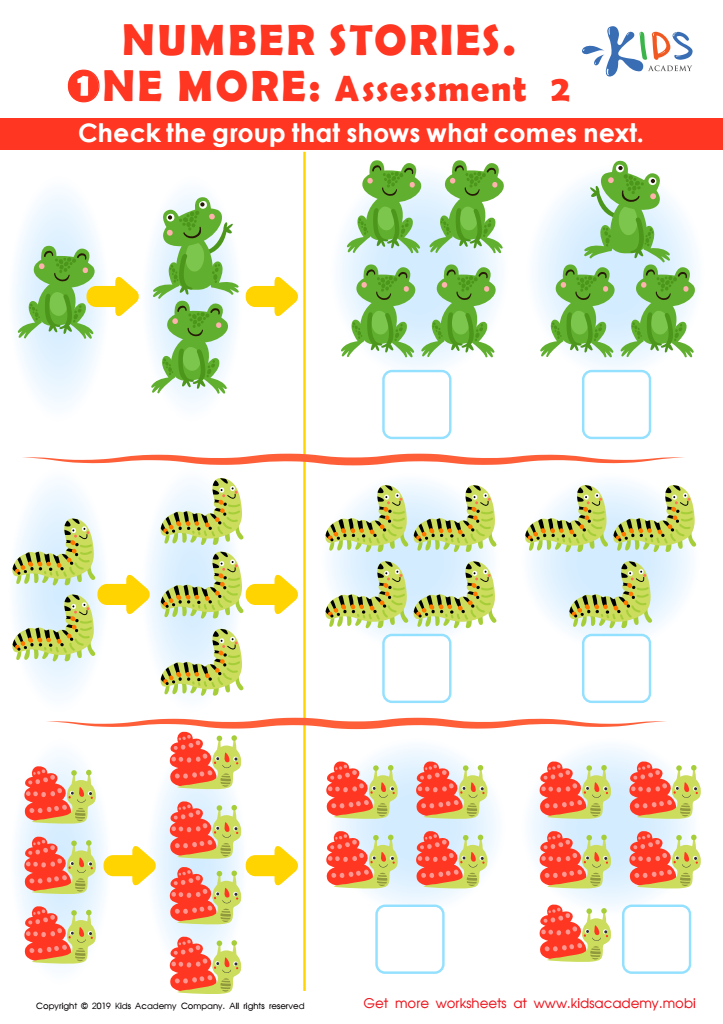

Number Stories One More – Assessment 2 Worksheet
Why Normal Counting Worksheets Activities Are Essential for Learning
Normal Counting worksheets activities are an invaluable resource in the field of education, especially for young learners. These activities are meticulously designed to introduce and reinforce the concept of numbers and counting in a structured yet engaging manner. The significance of these worksheets cannot be overstated, as they lay the foundational skills necessary for understanding more complex mathematical operations.
First and foremost, Normal Counting worksheets activities foster number recognition. For many children, recognizing numbers and understanding the order is the first step towards mathematical literacy. Through repeated exposure to numbers in a variety of formats, children become familiar with the symbols and their meanings, effectively bridging the gap between abstract concepts and tangible understanding.
Moreover, these activities enhance counting skills. By engaging in exercises that require counting objects, matching numbers to sets, or filling in missing numbers, children develop a practical understanding of how numbers function. This hands-on approach ensures that learners are not merely memorizing sequences but are understanding the concept of quantity and its significance.
Another critical aspect of Normal Counting worksheets activities is the development of one-to-one correspondence. This fundamental mathematical concept involves the understanding that each object being counted corresponds to one number. Through worksheet activities, children practice this skill, which is pivotal for accurate counting and, later on, for understanding operations like addition and subtraction.
Furthermore, these worksheets foster critical thinking and problem-solving skills. As children progress through different levels of counting activities, they encounter challenges that require them to think critically. Whether it’s figuring out patterns, completing sequences, or solving puzzles, each task enhances their analytical skills and cognitive development.
Lastly, Normal Counting worksheets activities are designed to be both educational and entertaining. The incorporation of colorful images, fun themes, and interactive tasks ensures that learning remains a joyful experience for children. This positive association with learning fosters a lifelong love for education and paves the way for academic success.
In conclusion, Normal Counting worksheets activities are much more than simple counting exercises. They are a comprehensive educational tool that supports early mathematical literacy, cultivates critical thinking, and promotes a positive learning experience. By incorporating these activities into the learning curriculum, educators and parents can ensure that children build a strong foundation in mathematics from an early age.
 Assign to the classroom
Assign to the classroom
